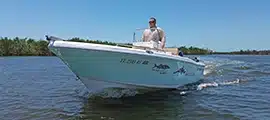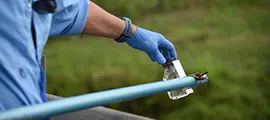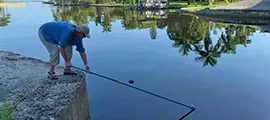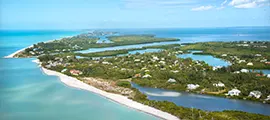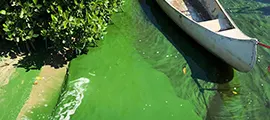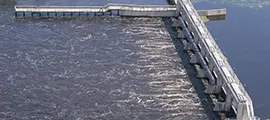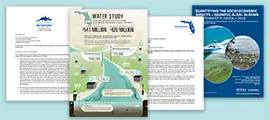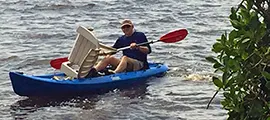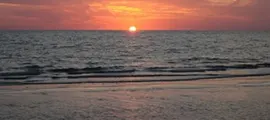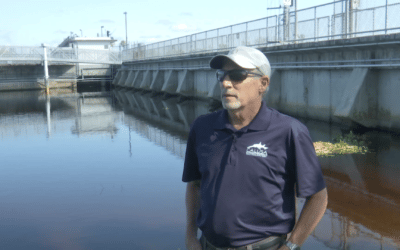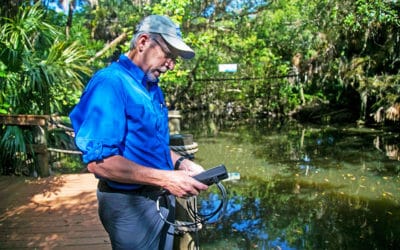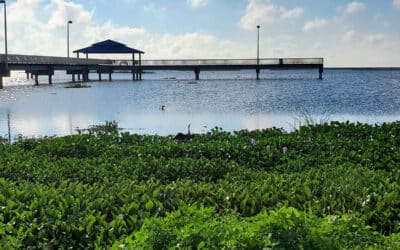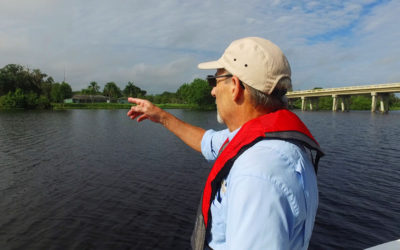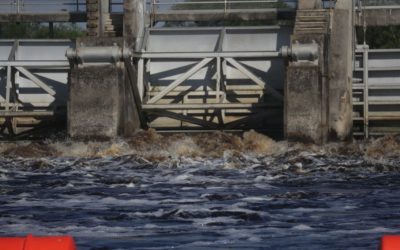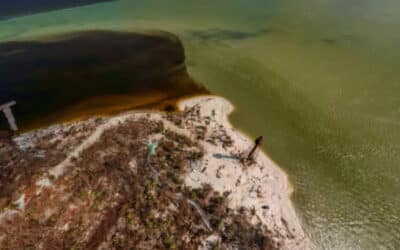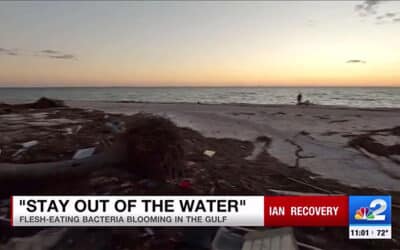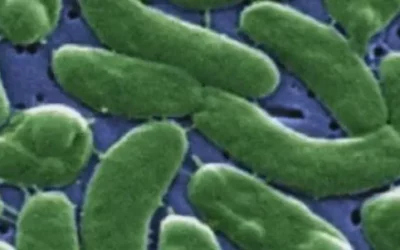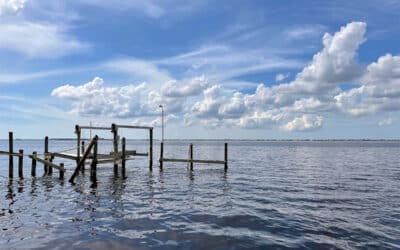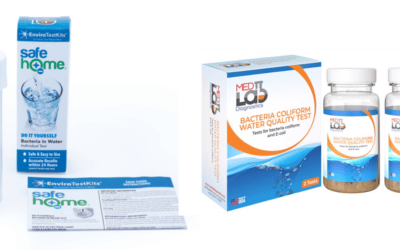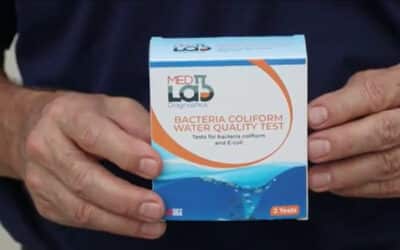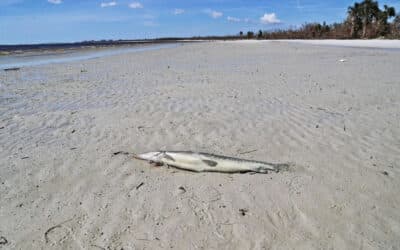Calusa Waterkeeper
In the News
Red Tide Getting Worse in Southwest Florida
Red tide lines Southwest Florida’s coast from south Lee County into Sarasota. When Calusa Waterkeeper John Cassani sees this, it reminds him of the last time a hurricane came through Southwest Florida. After Irma, a red tide bloom went up and down the coast for about two years.
John Cassani to Retire as Calusa Waterkeeper in 2023
It is with heavy, but grateful hearts that we announce the retirement of John Cassani as the Calusa Waterkeeper, effective January 1, 2023. John’s service to the Calusa Waterkeeper organization and the people of Southwest Florida has been immense and cannot be overstated.
Lake Okeechobee leveling off after rains from Hurricane Ian but there’s still a threat
The Lake Okeechobee system is more likely to see a blue-green algal bloom next spring as a result of Hurricane Ian. Lt. Col. Todd Polk with the U.S. Army Corps of Engineers said Ian whipped up waters and stirred nutrients within the system, and that those nutrients could fuel a bloom.
John Cassani, Calusa Waterkeeper Accomplishments
As we honor John's Cassani's retirement as Calusa Waterkeeper and his career of service, here are but some highlights of his immense commitment to our environment and community. John was a founding member of Caloosahatchee River Citizens Association (CRCA) in 1995....
Lake Okeechobee Releases to the Caloosahatchee Begin
The U.S. Army Corps of Engineers said they will begin releasing Lake Okeechobee discharges into the Caloosahatchee River. This raises concerns in Southwest Florida because the area is still trying to dry out after Hurricane Ian.
Drone Captures Crimson Tide of Nutrient-Polluted Stormwater Flowing from Caloosahatchee Post-Ian
Drone images taken by the Sanibel-Captiva Conservation Foundation after Hurricane Ian show a crimson tide of nutrient-polluted water flowing from the Caloosahatchee River on its way to the Gulf of Mexico.
Red Tide Blooms and Flesh-eating Bacteria Detected on SWFL Coast
Many beachgoers are starting to make their return after Hurricane Ian. For some, it’s just looking at the damage, while others are ready to get back in the water. However, swimming in the Gulf might not be advisable just yet.
Hurricane Ian to Blame for Record Number of ‘Flesh-Eating’ Bacteria Cases
With two months to go in 2022, Florida has already smashed a grim record this year: 65 infections of Vibrio vulnificus, a potentially deadly microbe known, though not quite correctly, as flesh-eating bacteria.
Saltwater Pushed up & Freshwater Flooded Down Caloosahatchee During Hurricane Ian Landfall
The Caloosahatchee River got a huge flush of saltwater when Hurricane Ian plowed into the Southwest Florida coast. And then a lot of it roared back, along with plenty of freshwater runoff.
Calusa Waterkeeper to Distribute Rapid Home Drinking Water Test Kits
Calusa Waterkeeper is committed to keeping our residents informed about water quality. With that in mind, we are offering two free water test kits for your use to ensure your home’s drinking water is safe. These free kits will be distributed Saturday, October 15.
Hurricane Ian’s Ecological Impacts Unfold as Pollution Pours into SWFL Waterways
There’s no debate that Hurricane Ian was a disaster for Southwest Florida, leaving many homeless and thousands without power. But for right now, an ecological disaster is still unfolding, as pollution pouring into our waterways threatens to impair our waters for years to come.
Health Officials Warn Against Swimming at Local Beaches and Pools After Hurricane Ian
The Department of Health in Lee County issued an advisory warning the public against swimming at local beaches or in swimming pools because of an elevated risk of waterborne illnesses due to Hurricane Ian causing septic tank failures, swimming pools filled with brackish water, and various community sewage treatment facilities going offline.
